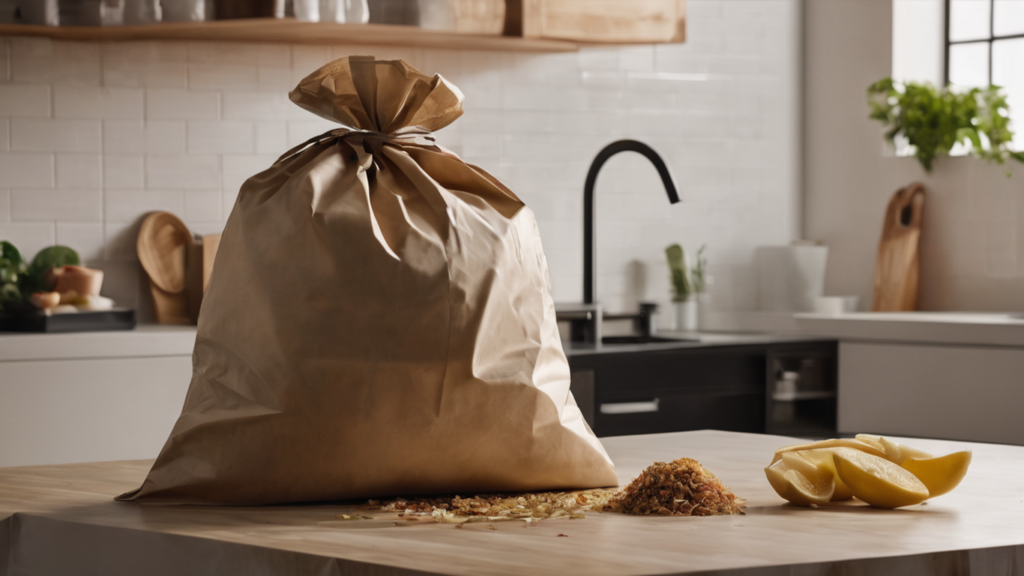
In today’s fast-paced lifestyle, finding easy and practical ways to contribute to the environment is crucial. One simple yet impactful way is by creating your own domestic compost. Composting not only reduces kitchen waste but also enriches your soil, leading to healthier plants. In this guide, we’ll explore the steps to make a domestic compost using simple methods that anyone can follow.
Materials You’ll Need
Compost Bin or Pile: Choose a suitable container for your compost. This can be a purpose-made compost bin, a designated compost area in your backyard, or a DIY container.
Brown Materials: These include dried leaves, newspaper, and cardboard. Brown materials provide carbon, an essential component for a balanced compost.
Green Materials: Kitchen scraps such as fruit and vegetable peels, coffee grounds, and eggshells fall into this category. Green materials contribute nitrogen, which helps break down the compost.
Water: Compost needs moisture to decompose effectively. Keep your compost pile damp but not waterlogged.
Air: Turn your compost regularly to provide the necessary oxygen for the decomposition process.
Step-by-Step Guide:
Choose a Location: Select a convenient spot for your compost bin or pile. It can be in your backyard, on your balcony, or even under the kitchen sink if you’re using a small indoor compost bin.
Layering: Begin by placing a layer of brown materials at the bottom of your compost bin. This helps with aeration and drainage. Follow with a layer of green materials.
Maintain the Balance: Maintain a balance between brown and green materials in your compost. Aim for a ratio of about 3 parts brown to 1 part green.
Add Kitchen Scraps: Regularly add kitchen scraps like fruit and vegetable peels, coffee grounds, and eggshells to provide essential nutrients to your compost.
Turn the Compost: Turn your compost every few weeks using a pitchfork or shovel. This helps aerate the pile and speeds up the decomposition process.
Keep It Moist: Ensure your compost pile stays moist, but not too wet. If it’s too dry, add water; if it’s too wet, add more brown materials.
Patience is Key: Composting takes time. Be patient, and in a few weeks to months, depending on conditions, you’ll have nutrient-rich compost ready to use in your garden.
By following these straightforward steps, you can easily integrate domestic composting into your daily routine, contributing to a healthier environment and more vibrant plant life. Embrace the simplicity of composting and make a positive impact right in your own home. It’s a small step for you, but a giant leap for a greener planet.
